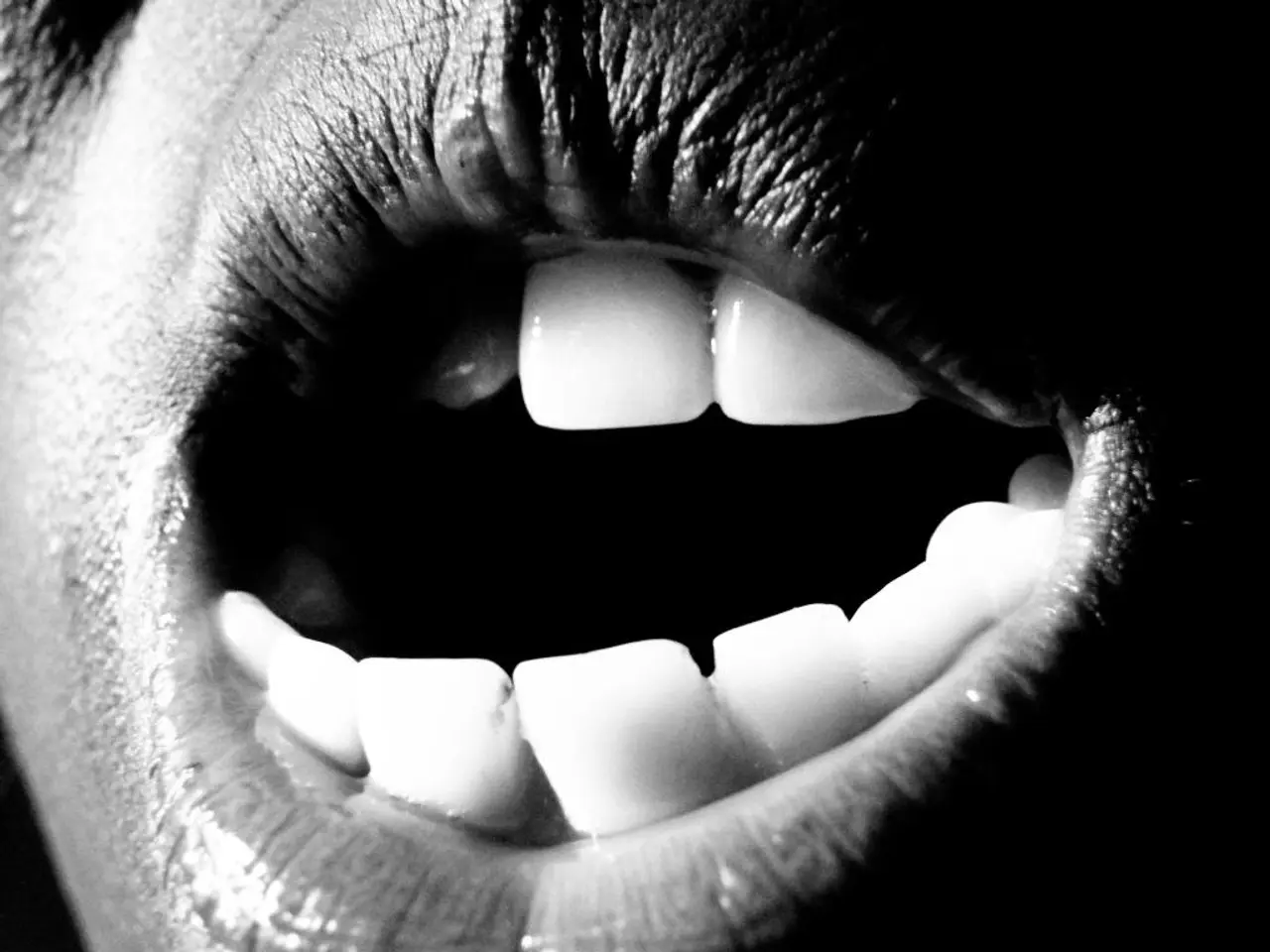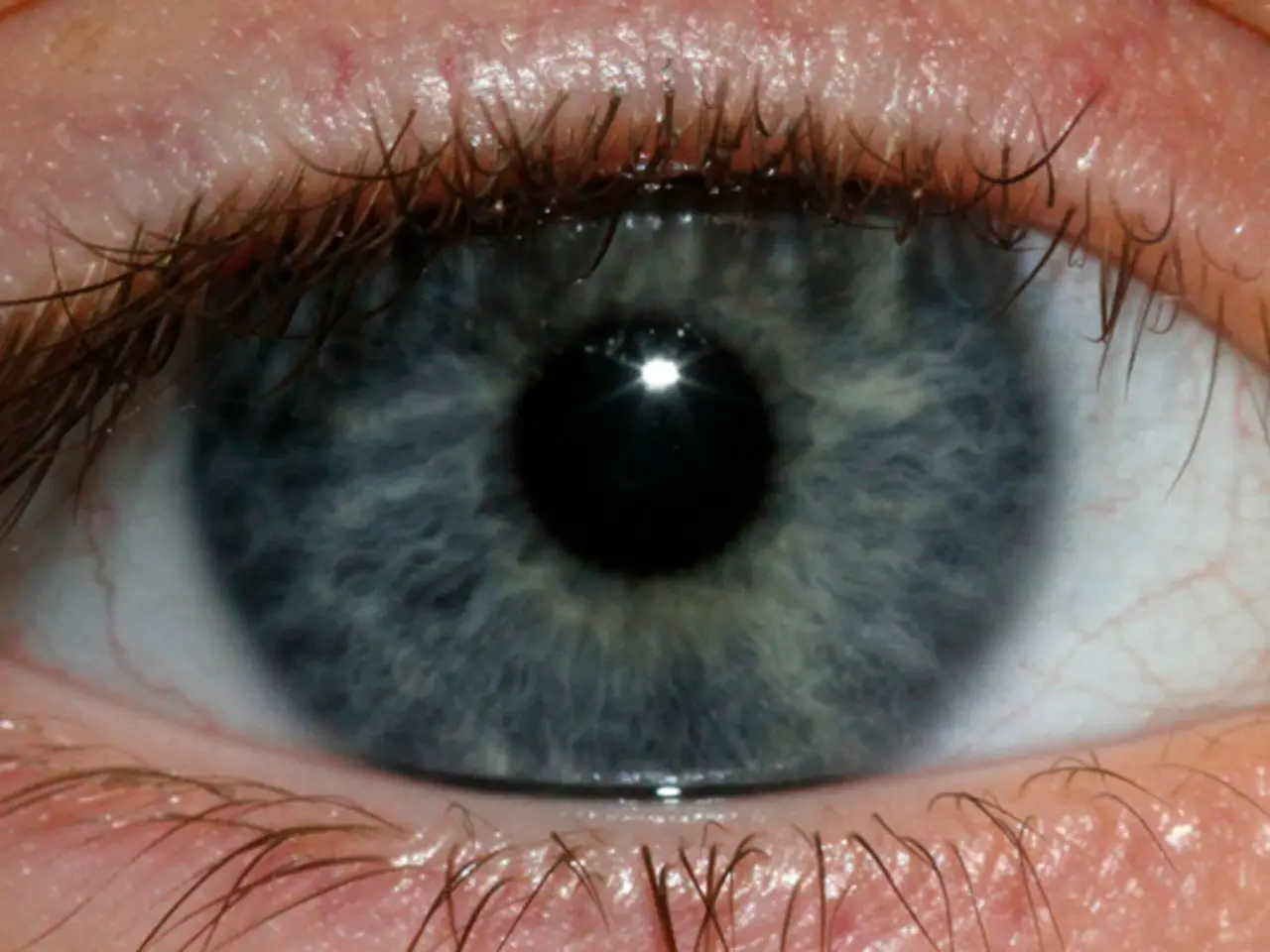Recognizing Depression Symptoms in Men: Essential Information
Depression, a common mental health issue, affects a significant portion of the population, with an estimated 9% of men experiencing feelings of depression or anxiety each day. However, the condition remains underdiagnosed in men, particularly in the United States where it affects 5.5% of men compared to 10.4% of women.
This underdiagnosis is driven by a complex interplay of societal stigma and biochemical factors. Societal expectations and traditional masculine norms play a significant role in this issue. Boys and men are often socialized to be stoic, independent, and to suppress emotional vulnerability, which is often equated with weakness. This conditioning leads many men to “tough it out” rather than seek help or openly discuss emotional struggles, creating a barrier to diagnosis and treatment.
As a result, men are less likely than women to seek mental health care or disclose symptoms, making up only about 20% of mental health client populations in some countries despite comparable prevalence of depression. Men often present depressive symptoms atypically, such as increased irritability, risk-taking behavior, substance misuse, or physical complaints, rather than sadness or crying. This alternative symptomatology, influenced by societal expectations to avoid showing weakness, complicates recognition and diagnosis.
The reluctance to seek help also deeply impacts treatment engagement. For example, only about 40% of men with reported mental illness received services compared to 52% of women, and fewer men had mental health professional contact before suicide.
Biochemical and genetic factors also contribute to the complex clinical presentations in men with depression. Men’s depression can be intertwined with physiological and environmental factors such as risk-taking tendencies linked to male gender identity and lower health literacy, which reduce health awareness and the likelihood of perceiving or reporting symptoms. Men’s higher rates of substance misuse, which can be both a symptom and a coping mechanism for depression, further cloud clinical pictures and lead to underdiagnosis.
The combination of societal stigma around masculinity and biochemical complexity results in men having high rates of undiagnosed depression, which is reflected in suicide statistics where men die by suicide at nearly four times the rate of women and account for nearly 80% of all suicide deaths.
However, it's crucial to note that help is available for those experiencing depression or suicidal thoughts. The 988 Lifeline, Crisis Text Line, and local emergency services are just a few resources for those in need. With treatment, major depression, also called clinical depression, is a serious but manageable mental health condition. With treatment, a person with depression can manage their condition and go on to make a full recovery.
It's essential to encourage men to seek help and to raise awareness about the signs of depression in men. Men may not express emotional symptoms of depression openly and may instead show signs such as increased anger, frustration, aggression, or irritability. They may also demonstrate behavioral changes such as increased alcohol or drug use, avoidance of social situations, and risk-taking behavior.
People may misinterpret common emotional or behavioral signs of depression in men as personality traits. Depression is a significant risk factor for suicide, and the number of men who die by suicide is four times the number of women. If you notice the emotional, behavioral, or physical changes that may indicate depression in a male loved one, encourage them to make an appointment with their doctor.
With increased awareness, improved access to mental health resources, and a shift in societal norms, it's possible to reduce the underdiagnosis of depression in men and improve outcomes for those affected by this hidden epidemic.
[1] American Psychological Association. (2020). Men's Mental Health: A Call to Action. [2] National Institute of Mental Health. (2021). Depression. [3] World Health Organization. (2021). Depression. [4] National Institute of Mental Health. (2021). Comorbidity: Mental Illness and Substance Use Disorders.
- The underdiagnosis of depression in men, particularly in the United States, is driven by a combination of societal stigma and biochemical factors.
- Men's depression often presents atypically, with increased irritability, risk-taking behavior, substance misuse, or physical complaints, making it harder to recognize and diagnose.
- The reluctance to seek help and societal norms contribute to lower treatment engagement, with only about 40% of men receiving services compared to 52% of women.
- Biochemical and genetic factors, along with physiological and environmental factors like risk-taking tendencies and lower health literacy, contribute to the complex clinical presentations in men with depression.
- By raising awareness about the signs of depression in men, encouraging men to seek help, and improving access to mental health resources, it's possible to reduce the underdiagnosis of depression and improve outcomes for those affected.




